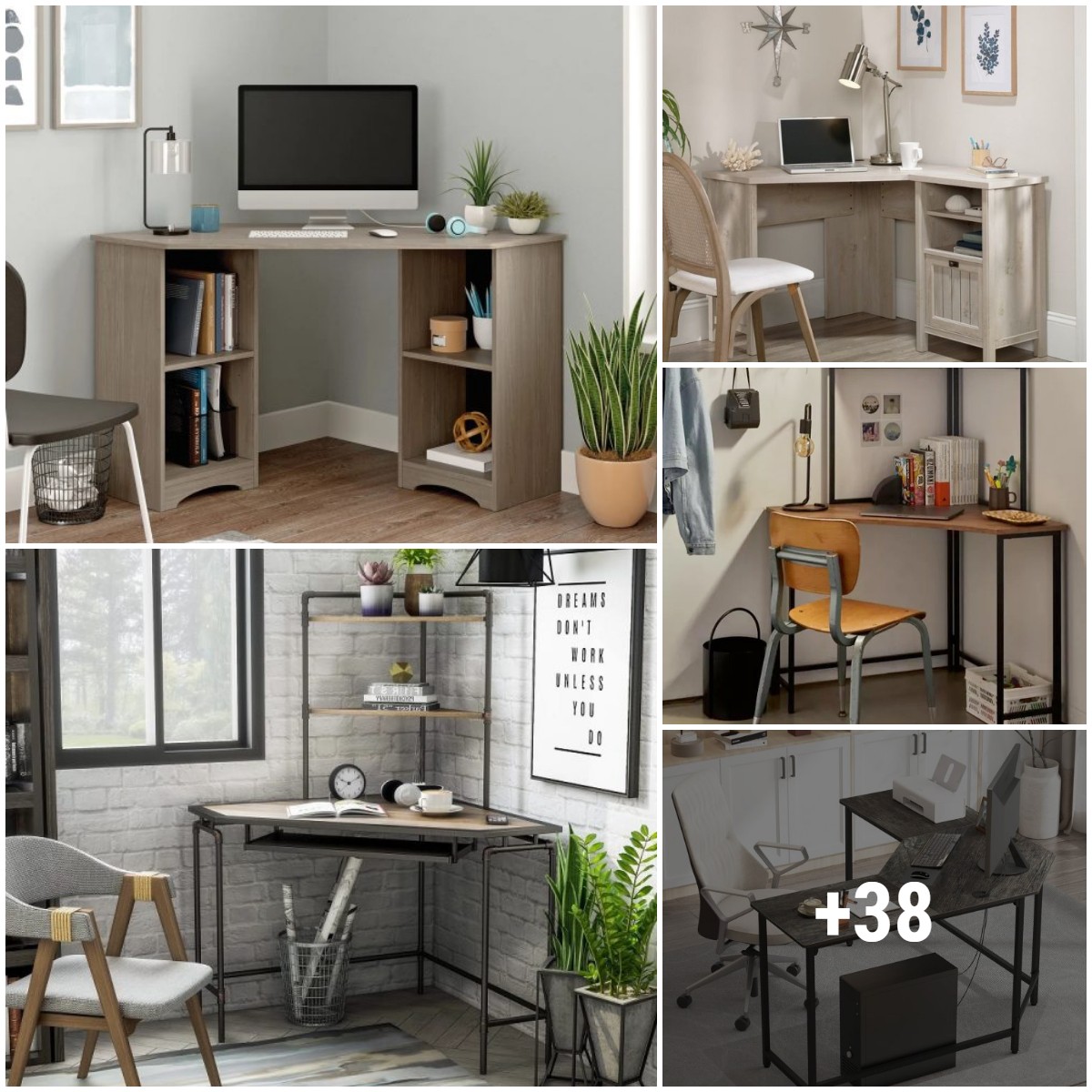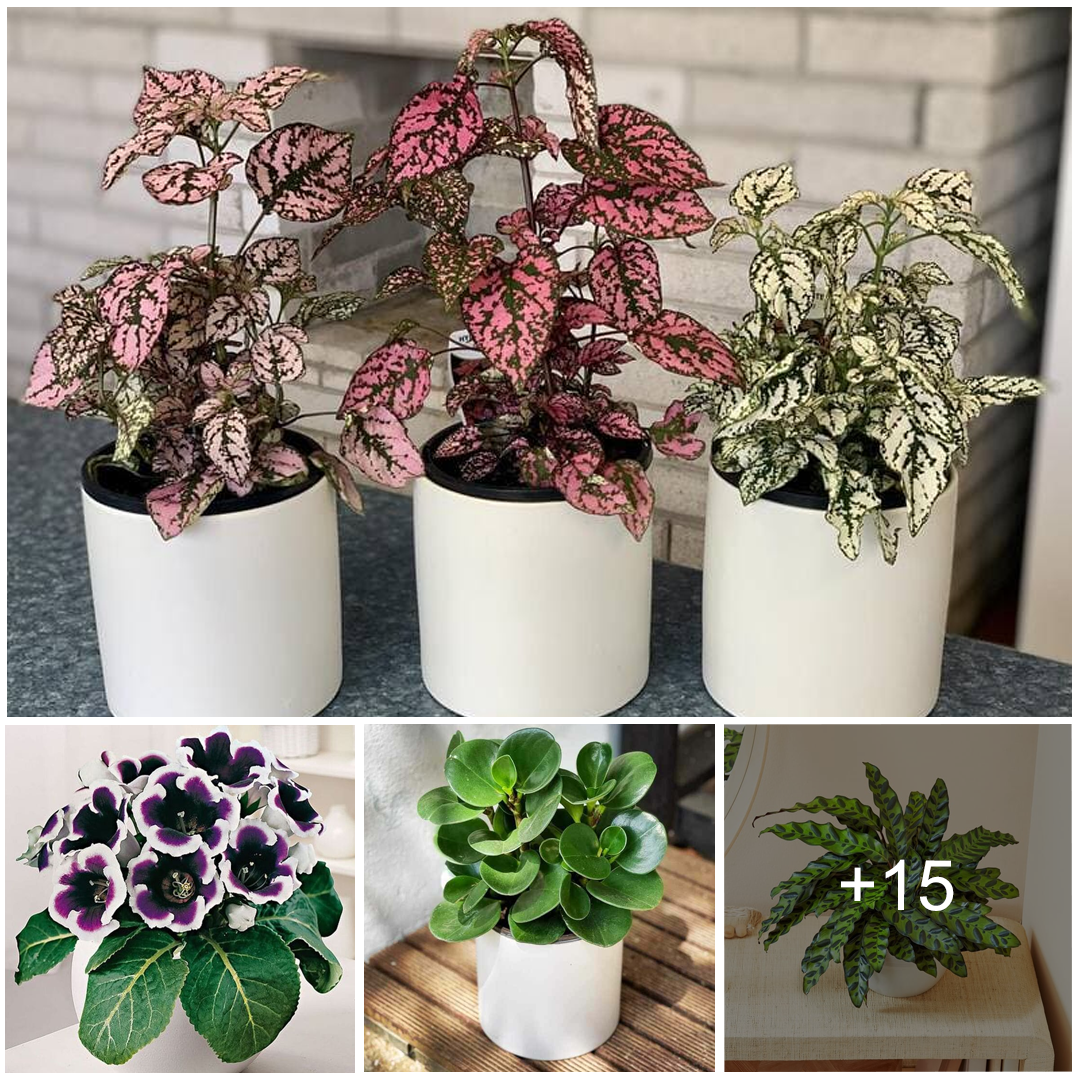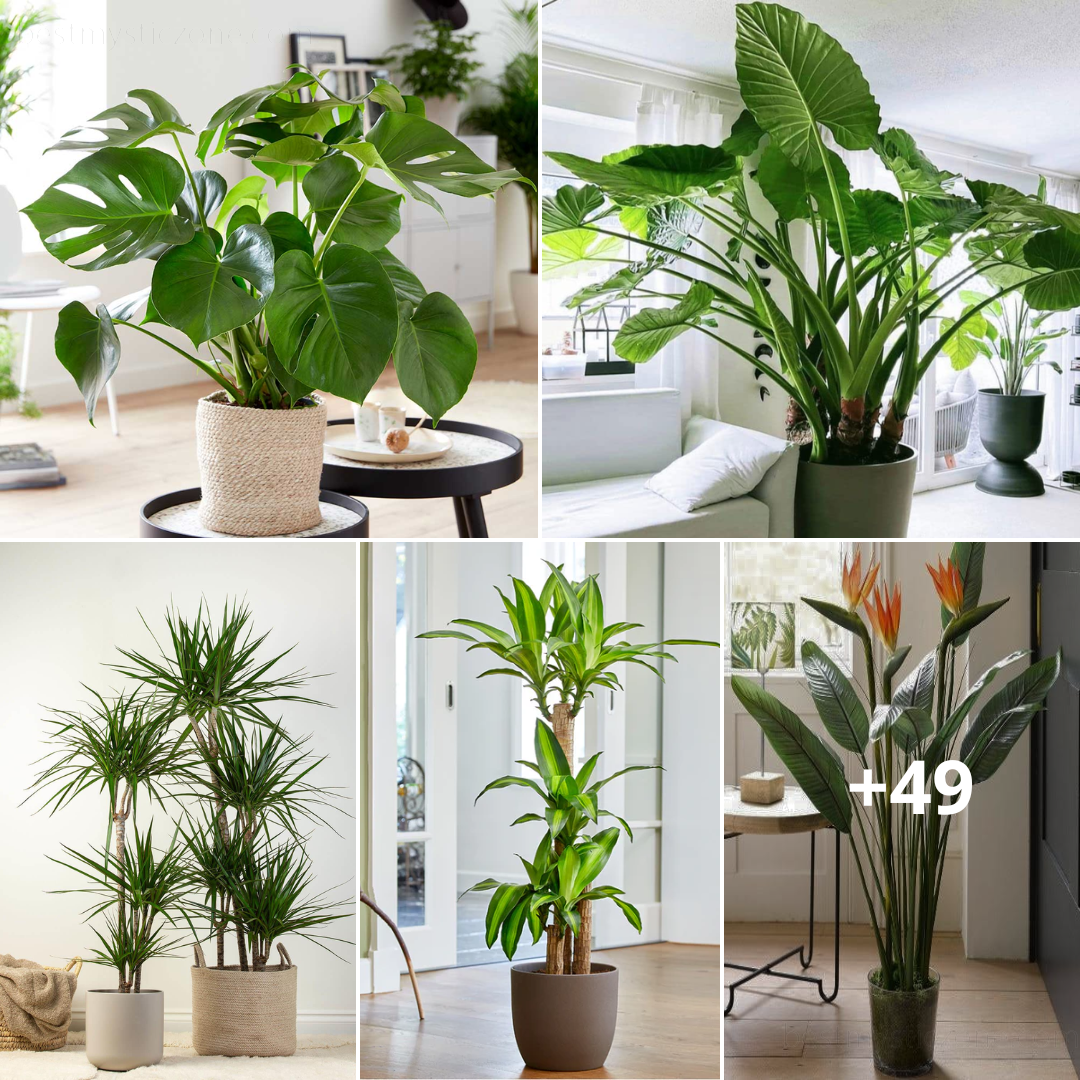Between new favorites and tried-and-true classics, you’ll find the perfect plants to green up your home.
Cats and dogs might have ruled the internet for years—and they’re most certainly here to stay—but judging by #PlantTok and the #plantfluencer life, plants might very well outpace pets in popularity. There’s never been a better time to adopt a plant, and you can find them at your local nursery or shop for them online.
Whether you’re just dabbling in the plant parent world or are already on a mission to collect them all, consider bringing some of the most popular house plants into your space. We asked plant pros to reveal which houseplants are popular—both trendy newcomers and the tried-and-true most popular houseplants of all time—and how to take care of each one. You can have a gorgeous house plant and help it thrive. Get your watering can and spray bottle ready!
Aloe Vera

This spiky, low-maintenance houseplant was the top-searched plant in nearly a dozen states, according to a recent survey by home furnishings site Joybird. It’s no surprise, given its set-it-and-forget-it vibe (sunny window and minimal watering) and the beauty and health benefits you can reap from the gel inside the leaves.
Care Tips
- Light: Bright light
- Soil: Sandy, acidic soil, such as a cactus potting medium
- Water: Allow the plant to dry out between waterings.
- Temperature: 55 to 85 degrees Fahrenheit
- Humidity: 40%
Golden Pothos (Epipremnum aureum)

PHOTO BY KATKAMI/GETTY IMAGES
Consistently on the list of best sellers on plant sites like Costa Farms and the Sill, the pothos (also called devil’s vine and devil’s ivy) scores major points with plant parents for being easy to care for and capable of thriving in even low light conditions.
Care Tips
- Light: Bright, indirect light (though can handle low light)
- Soil: Moist, well-draining soil
- Water: Let the soil dry out between waterings.
- Temperature: 65 to 75 degrees Fahrenheit
- Humidity: 50 to 70%
- Be aware that this plant is highly toxic to pets.
Snake Plant (Dracaena trifasciata)

ILUSTOCKPHOTO / GETTY IMAGES
This beginner-friendly plant (also known as mother-in-law’s tongue, devil’s tongue, or sansevieria) requires little care to thrive, and it’s been a top-searched plant for the past several years. “The Sansevieria is a great plant choice for first-time plant parents,” says Lindsay Pangborn, Bloomscape’s plant expert. “With a low-maintenance, adaptable nature, this plant is perfect for all sorts of settings, from low light to direct sun.”
Fun fact: The snake plant is a popular choice for feng shui—post one near your entryway to help block bad energy.
Care Tips
- Light: Bright, indirect light
- Soil: Light well-draining soil, especially a mix made for succulents or cacti
- Water: Let the soil dry out between waterings.
- Temperature: 70 to 90 degrees Fahrenheit
- Humidity: 30 to 50%
Moth Orchid (Phalaenopsis amabilis)

Orchids are a fantastic plant choice for people who are looking to add a little color with a blooming houseplant.
While they may have a reputation for being a little tough to care for at home, even beginners can help them thrive and bloom. To help your orchid plant grow, it’s probably best to stick with orchid-specific products, such as pots, soil blends, and fertilizers. Place it near (but not in) a window that faces south or east, to give them the bright, indirect light they crave.
Care Tips
- Light: Bright, indirect light
- Soil: Light well-draining soil with bark, moss, or peat
- Water: Let the soil dry out between waterings.
- Temperature: 50 to 90 degrees Fahrenheit
- Humidity: 40 to 70%
Peace Lily

AKIZ / GETTY IMAGES
This tropical plant has been a favorite among those who love flowers: It can bloom more than once per year, and the flowers last for weeks. “The peace lily has been an iconic houseplant for decades, and for good reason thanks to its forgiving nature, vibrant glossy leaves, and symbolic white blooms, Pangborn says. “The peace lily is known for symbolizing prosperity, purity, peace, and sympathy.”
To help your peace lily thrive, you need to try to recreate that tropical environment, with a warm, humid corner that provides soft light. (In the wild, peace lilies tend to grow under other plants that provide them with some cover.)
Care Tips:
- Light: Indirect light
- Soil: Moist well-draining soil
- Water: Let the soil dry out between waterings.
- Temperature: 65 to 80 degrees Fahrenheit
- Humidity: 50 to 70%
- Be aware that the peace lily can be toxic to pets.
Basil (Ocimum Basilicum)

KRISTIN DUVALL/GETTY IMAGES
If you’re growing herbs indoors, basil is likely at the top of your list. (Who doesn’t love a little fresh basil to top their pasta or pizza?) Basil prefers sunny conditions and does best in a sunny window if grown indoors.
Care Tips:
- Light: Bright sunlight
- Soil: Moist, well-draining soil
- Water: Keep the soil moist and mist occasionally.
- Temperature: 70 degrees Fahrenheit
- Humidity: 50 to 70%
African Violet (Saintpaulia Ionantha)

GETTY IMAGES/ADISA
This pretty flowering houseplant has been a time-honored favorite, due to its sweet purple blooms that appear several times a year. The African violet needs light, warmth, and plenty of humidity to thrive.
Care Tips:
- Light: Bright, indirect light
- Soil: Moist well-draining soil
- Water: Keep the soil moist.
- Temperature: 70 degrees Fahrenheit
- Humidity: 50 to 70%
Jade Plant (Crassula Ovata)

Succulents have been a trending houseplant over the past few years, but the succulent jade plants have been a fan favorite for decades.
As succulents, jade plants require minimal watering—a boon for those who tend to neglect their houseplants. It does need plenty of sun, though, so place it near your sunniest, southern-facing window.
Care Tips:
- Light: Bright, indirect light
- Soil: Light well-draining soil (preferably a succulent-specific blend)
- Water: Keep soil moist in spring and summer and water monthly in winter.
- Temperature: 60 to 75 degrees Fahrenheit
- Humidity: 30 to 50%
Spider Plant (Chlorophytum Comosum)

Spider plants are kind of like the sourdough starter of plants. When they’re thriving, they produce baby plants that you can easily snip and gift to a fellow plant parent.
Spider plants prefer warm, humid conditions, and can make do with lower light situations. They’re also fantastic hanging plants, thanks to their trailing appearance.
Care Tips
- Light: Bright to moderate indirect light
- Soil: Loamy, well-draining soil
- Water: Let the top 2 inches of soil dry out between waterings.
- Temperature: 50 to 90 degrees Fahrenheit
- Humidity: 50 to 70%
Rubber Plant (Ficus Elastica)

This tropical plant makes a great (if slightly high maintenance) houseplant, with its striking leaves and its ability to grow to tree status, making it a great plant to add to your home decor.
The rubber plant has the usual needs of tropical plants—bright, indirect light, warmth, and humidity. Watch for the plant’s leaves to turn dull or drop off, which could indicate it needs a bit more light.
Care Tips
- Light: Bright, indirect light
- Soil: Light well-draining soil
- Water: Keep the plant moist with regular watering.
- Temperature: 60 to 75 degrees Fahrenheit
- Humidity: 30 to 50%
Dumb Cane Plant (Dieffenbachia)

VAITEKUNE/GETTY IMAGES
Dumb cane plants are prized for their intriguing, patterned foliage, and their relatively easy-care nature. There are a ton of varieties to choose from, which can grow into larger trees that can be a centerpiece of your plant collection.
Care Tips
- Light: Bright, indirect light
- Soil: Light well-draining soil
- Water: Keep the soil moist with regular watering.
- Temperature: 65 to 75 degrees Fahrenheit
- Humidity: 50 to 70%
- Be aware that this plant is toxic to pets.
Monstera Deliciosa

MYKEYRUNA / GETTY IMAGES
One of the stars of the past few years, the monstera (or Swiss cheese plant) is beloved for its pretty leaves. “Monstera is one of my favorite plants that make a statement, perfect for a bright open space,” Pangborn says. “Known for its fast-growing nature and large leaves with dramatic holes that resemble Swiss cheese, the Monstera is an easy choice and is adaptable to most indoor environments.”
Care Tips
- Light: Bright, indirect light
- Soil: Well-draining peat-based soil
- Water: Keep the soil moist with regular watering during the spring and winter; water occasionally in the fall and winter.
- Temperature: 65 to 75 degrees Fahrenheit
- Humidity: 50 to 70%
Rosemary (Salvia Rosmarinus)

ADÉL BÉKEFI / GETTY IMAGES
This perennial herb can be grown on a sunny windowsill, so you can add a touch of flavor to anything from cocktails to stews.
It may be a little challenging to keep rosemary thriving during the winter months, as the plant needs lots of bright sunlight to do well. But it’s a plant that tolerates drought, so err on the side of underwatering your rosemary.
Care Tips
- Light: Bright full sunlight
- Soil: Dry well-draining soil (a cactus blend is ideal)
- Water: Let the top of the soil dry out between waterings, with biweekly misting.
- Temperature: 50 to 80 degrees Fahrenheit
- Humidity: 40 to 70%
Umbrella Plant (Schefflera Actinophylla)

PHOTOALLEL / GETTY IMAGES
This pretty tropical plant can grow quickly, so be ready to repot. They favor the same conditions as other tropical plants—warm and humid.
Care Tips
- Light: Bright, indirect light
- Soil: Rich, moist soil
- Water: Let the soil dry between waterings before a good soak; misting is required during spring and summer.
- Temperature: 60 to 80 degrees Fahrenheit
- Humidity: 50 to 70%
- Be aware that they can be toxic to pets.
Money Tree (Guiana Chestnut)

GETTY IMAGES
Money trees (AKA Guiana chestnut) have become a houseplant staple, due to their ability to thrive in a typical indoor environment. “With large star-shaped leaves and a braided trunk, this special plant is known to bring good luck and fortune into your life,” Pangborn says—and counts it among Bloomscape’s top-selling plants.
It’s a fast-growing plant, which can quickly become a floor plant to spotlight in your room. It also thrives on humidity, so you’ll want to mist (or keep a humidifier nearby), especially if your home is dry in the winter.
Care Tips
- Light: Bright, indirect light
- Soil: Rich, well-draining soil
- Water: Water when the top inch of soil is dry, less frequently during the winter.
- Temperature: 65 to 75 degrees Fahrenheit
- Humidity: 50 to 70%
Lucky Bamboo (Dracaena Sanderiana)

NAPHAT_JORJEE/GETTY IMAGES
Lucky bamboo are beloved for being a way to bring good luck into your home, and for being an especially easy to care for plant, since they grow in water—so you just need to ensure the roots are always in water.
Fun fact: Lucky bamboo isn’t actually bamboo. It’s a succulent!
Care Tips
- Light: Bright to moderate indirect light
- Soil: Rich, well-drained potting soil or water
- Water: Use bottled or distilled water, and change the water in the vase weekly.
- Temperature: 65 to 90 degrees Fahrenheit
- Humidity: 30 to 50%
English Ivy (Hedera helix)

KUPPA_ROCK/GETTY IMAGES
Ivy’s trailing behavior makes it a perfect choice for a hanging plant—and the plant will grow fast under indoor conditions. It can do well in low light conditions, so you can have it brighten up a darker corner.
Care Tips
- Light: Moderate indirect light
- Soil: Moist, well-draining soil
- Water: Let the top of the soil dry between waterings.
- Temperature: 70 to 90 degrees Fahrenheit
- Humidity: 30 to 50%
ZZ Plant (Zamioculcas Zamiifolia)

These popular plants feature gorgeous, deep green leaves, and they’re hard to kill, making the ZZ plant an ideal pick for beginner plant parents.
They can thrive in even low light conditions, making them a great choice for an office or a space in your home that doesn’t get much light. And they also thrive on neglect, needing less water than other plants.
Care Tips
- Light: Bright, indirect light
- Soil: Well-draining soil
- Water: Let the soil dry out completely between waterings.
- Temperature: 50 to 90 degrees Fahrenheit
- Humidity: 30 to 50%
Boston Fern (Nephrolepis Exaltata)

TATYANA ABRAMOVICH / GETTY IMAGES
Boston ferns thrive on humidity and water, making them an ideal plant for your bathroom. (Even with all that shower humidity, you may need to mist them additionally to help them thrive.)
It’s also a plant that doesn’t require much sunlight, so it’s great for offices or darker rooms.
Care Tips
- Light: Bright, indirect light
- Soil: Rich well-draining soil with peat and perlite
- Water: Water frequently to keep the soil moist (but not soaked); reduce the watering schedule during the fall and winter.
- Temperature: 65 to 75 degrees Fahrenheit
- Humidity: Over 80%
Areca Palms (Dypsis Lutescens)

DROPSTOCK/GETTY IMAGES
These big and beautiful palm trees (also known as the butterfly palm or the bamboo palm) make a statement in your room, growing up to 8 feet tall.
The Areca palm thrives in indirect sunlight—but don’t overwater this grand beauty.
Care Tips
- Light: Bright, indirect light
- Soil: Peaty, well-draining soil
- Water: Let the soil dry out between waterings.
- Temperature: 65 to 75 degrees Fahrenheit
- Humidity: 40 to 70%





